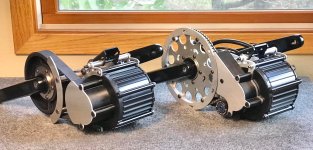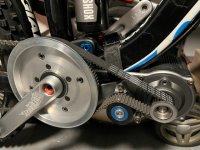PRW
100 kW
Hey Mike,LightningRods said:Customer Pete Ellsworth asked that I convert his right hand drive Big Block to left hand drive. Doing this allows him to run 415H chain single speed on the left while retaining all of his pedaling gears on the right.
B368A5B8-785D-4FC6-B6AD-F9DA4D54D34E.jpeg
What's the approximate cost of doing this?
Thanks,
Peter



